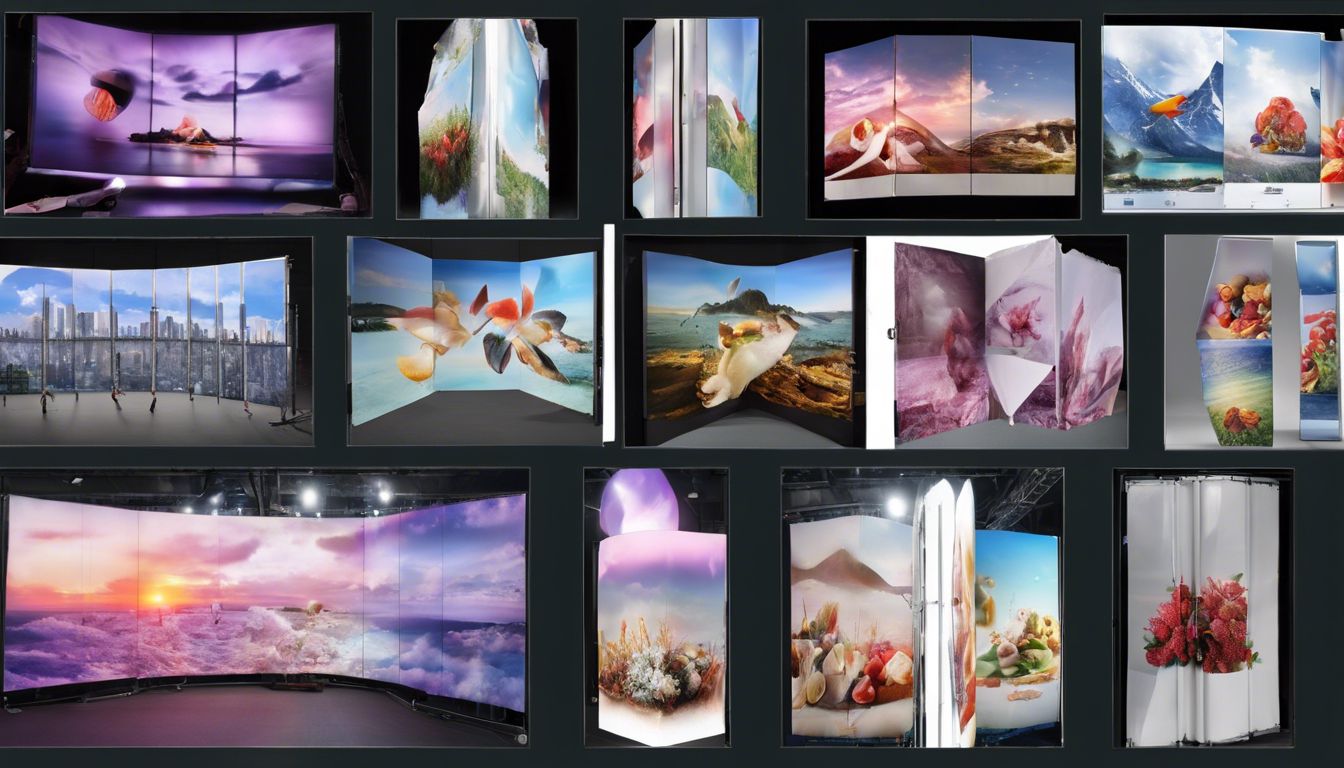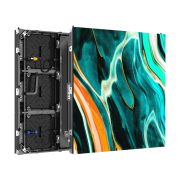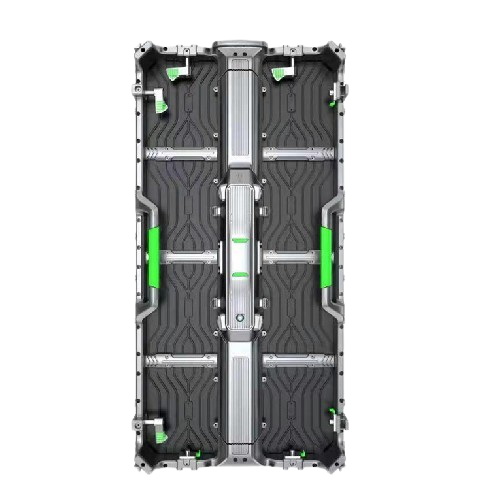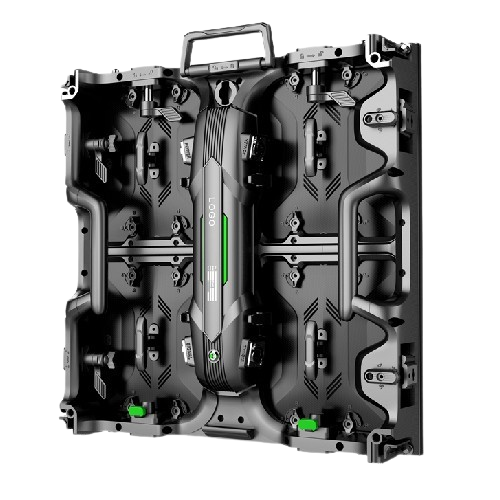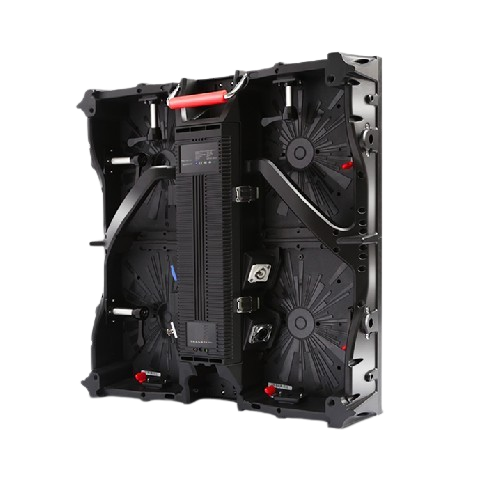Revolutionizing Visuals: The Comprehensive Guide to Folding LED Display Manufacture
Introduction to Folding LED Displays
As technology continues to advance, Folding LED Displays are becoming a game-changer in the visual industry. They combine the flexibility of modern design with the efficiency and vibrancy of LED technology, paving the way for more dynamic and versatile displays. This article delves into every aspect of folding LED display manufacture from materials and technology to applications and market trends.
What Are Folding LED Displays?
Folding LED displays are advanced screens that can be bent or folded without suffering damage. This revolutionary technology allows them to be used in diverse settings, providing versatility that traditional flat screens lack. They are commonly used in:
- Concerts and stage events
- Retail environments
- Exhibition stands
- Advertising and marketing campaigns
The Technology Behind Folding LED Displays
The technology behind folding LED displays involves flexible circuits and substrates. The displays are composed of miniaturized LEDs arranged on bendable layers, enabling the screen to maintain its function even when folded. Key technological components include:
- Flexible Substrates: Often made from materials like polyimide, these allow the screen to bend.
- Miniaturized LEDs: Smaller LEDs ensure minimal impact on image quality when the display is folded.
- Robust Circuit Design: Advanced circuit designs ensure that folding doesn’t interrupt the electrical flow.
Advantages of Folding LED Displays
- Portability: Easily transported and set up.
- Space Efficiency: Can be used in tighter spaces.
- Versatility: Suitable for various applications, from retail to entertainment.
- Energy Efficiency: Uses LED technology, which is often more energy-efficient than traditional screens.
Materials Used in Folding LED Display Manufacture
The manufacture of folding LED displays involves several advanced materials designed to endure repeated flexibility while delivering high-quality visuals. These materials include:
- Polyimide Films: Known for their flexibility and high thermal stability.
- Organic LEDs (OLEDs): Often used for their capacity to emit light with remarkable clarity and efficiency.
- Carbon Nanotubes: Utilized for building flexible electrodes.
Manufacturing Process
The manufacture of folding LED displays generally follows these steps:
- Substrate Preparation: Flexible substrates are cut to size and prepared.
- LED Placement: Miniaturized LEDs are accurately placed onto the substrate.
- Encapsulation: Protecting the LEDs with a resin material to ensure durability.
- Testing: The display is tested for flexibility and performance.
Applications and Market Trends
Folding LED displays are finding applications in a multitude of sectors. Here’s a look at some of the primary industries adopting this technology:
- Retail: Used in dynamic window displays and in-store advertising to catch the consumer’s eye.
- Entertainment: Widely used in concerts, theaters, and other live events for background visuals and effects.
- Public Spaces: Ideal for dynamic billboards, public announcements, and interactive installations.
Market Analysis
According to recent market reports, the demand for folding LED displays is expected to grow exponentially. Factors driving this growth include:
- Increased adoption in advertising and retail sectors.
- Technological advancements reducing costs.
- High demand for flexible, portable displays in the entertainment industry.
Challenges in Folding LED Display Manufacture
Despite their advantages, the manufacture of folding LED displays presents several challenges:
- Durability: Ensuring long-term durability while maintaining flexibility.
- Cost: High initial costs of materials and production processes.
- Integration: Difficulty integrating with existing display infrastructure.
Overcoming Challenges
Manufacturers are employing various strategies to overcome these challenges:
- Research and Development: Continuous R&D to find cost-effective materials.
- Collaborations: Engaging in partnerships to share technological advancements.
- Optimized Production Processes: Streamlining production to reduce costs and improve durability.
Future Prospects
The future of folding LED displays looks promising. Innovations are constantly emerging, and the industry is poised for substantial growth. Some anticipated advancements include:
- Enhanced Durability: Development of more resilient materials.
- Better Image Quality: Improvements in LED technology to offer higher resolutions.
- Cost Reduction: Economies of scale and new technologies will drive costs down.
Real-World Case Studies
Several companies and industries have successfully implemented folding LED displays:
- Samsung: Launched a range of foldable smartphones employing folding OLED screens.
- Concerts & Events: Numerous concerts have used folding LED screens for dynamic stage backdrops.
- Retail Spaces: High-end stores are using folding LED displays for captivating window displays.
Conclusion
Folding LED displays represent a significant leap in display technology, offering flexibility, portability, and a wide range of applications. As manufacturing processes mature and costs drop, their adoption is set to increase across various sectors. Companies investing in folding LED display manufacture stand to gain immensely as this disruptive technology continues to evolve.

